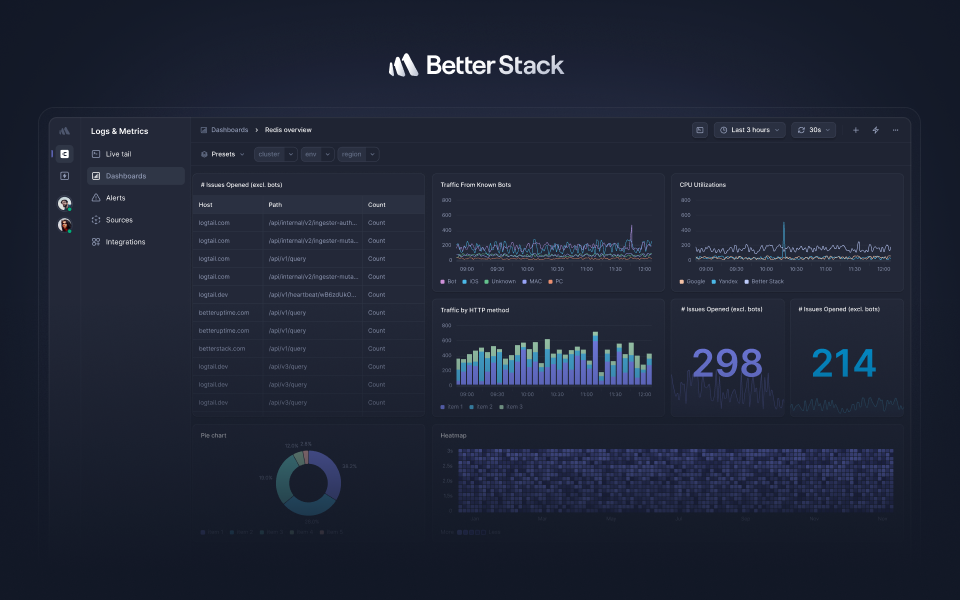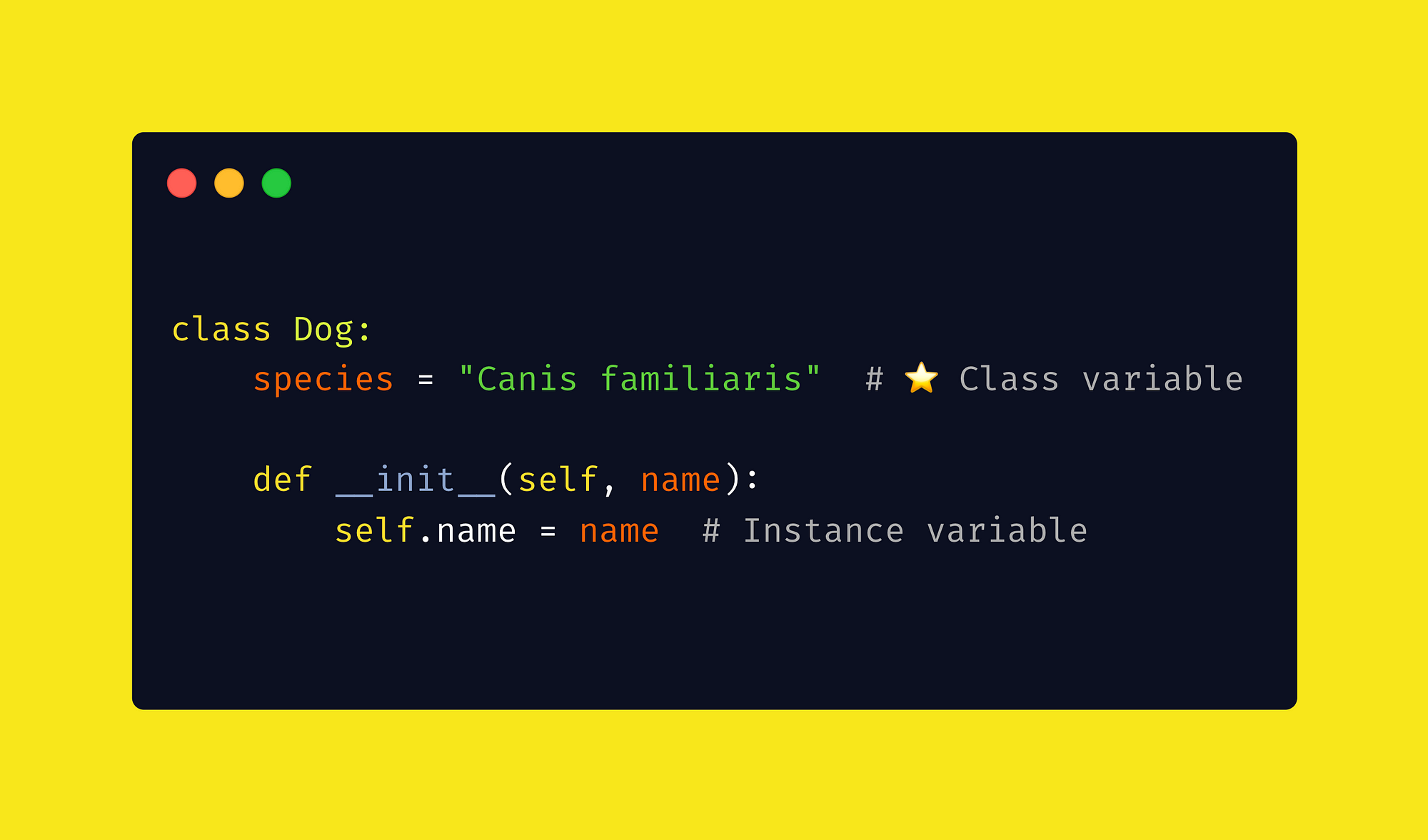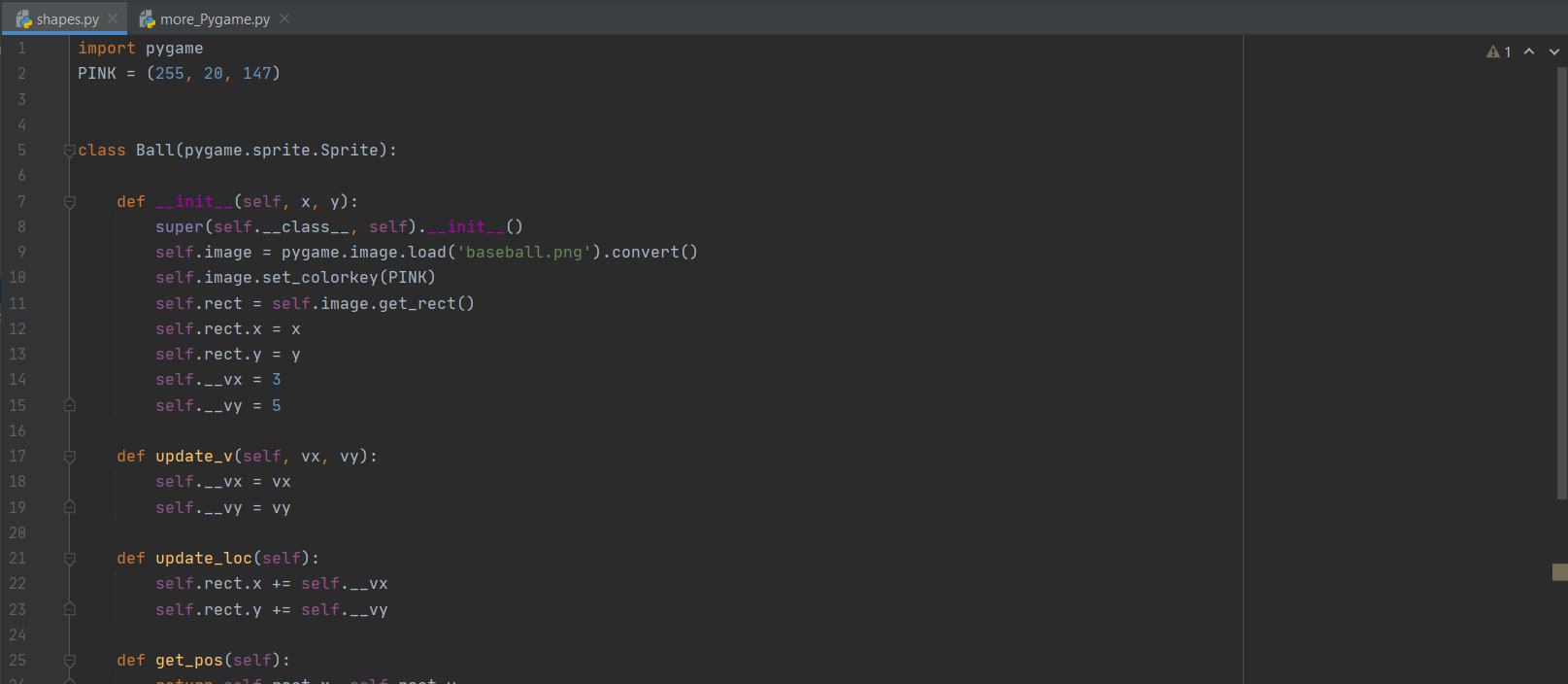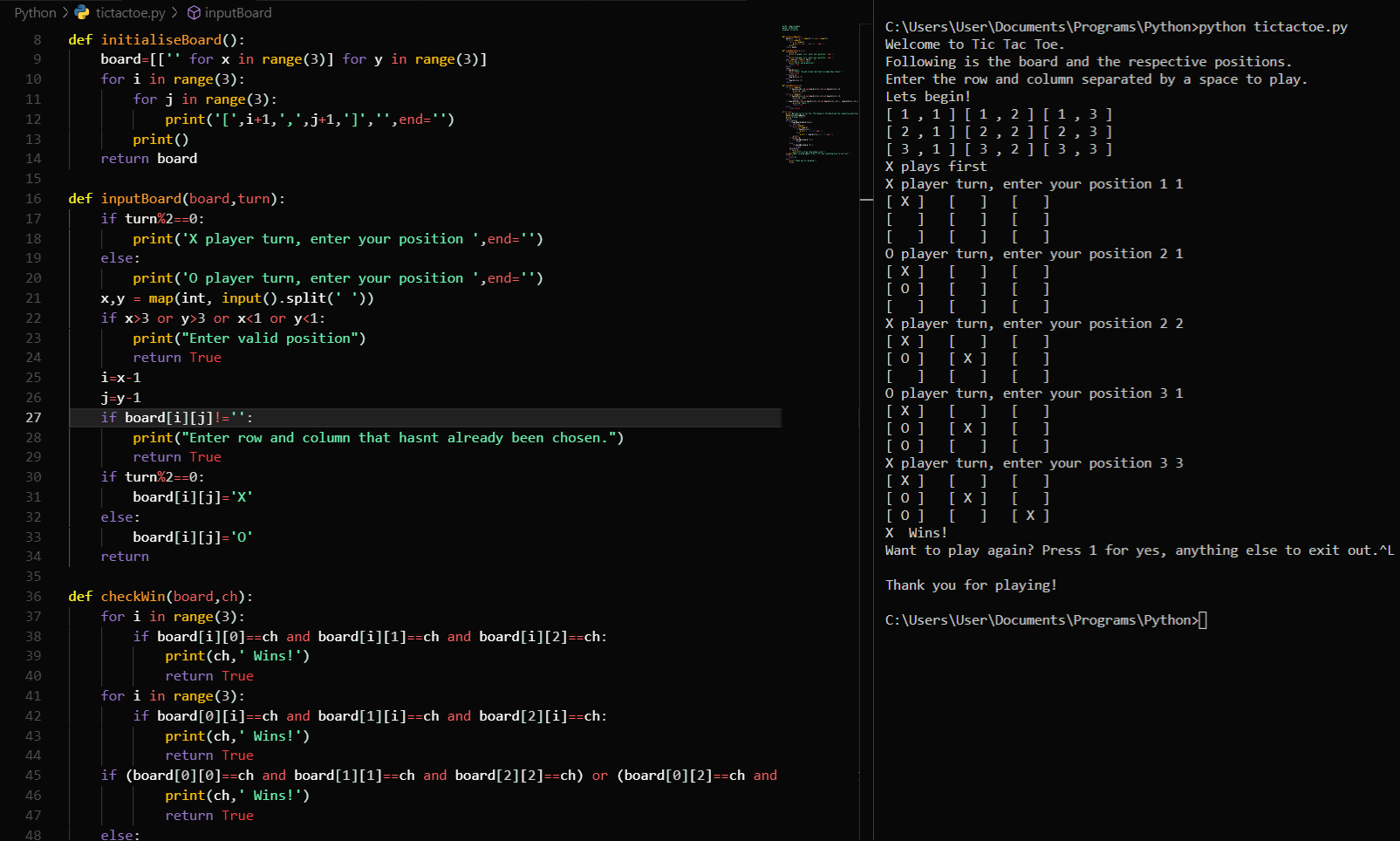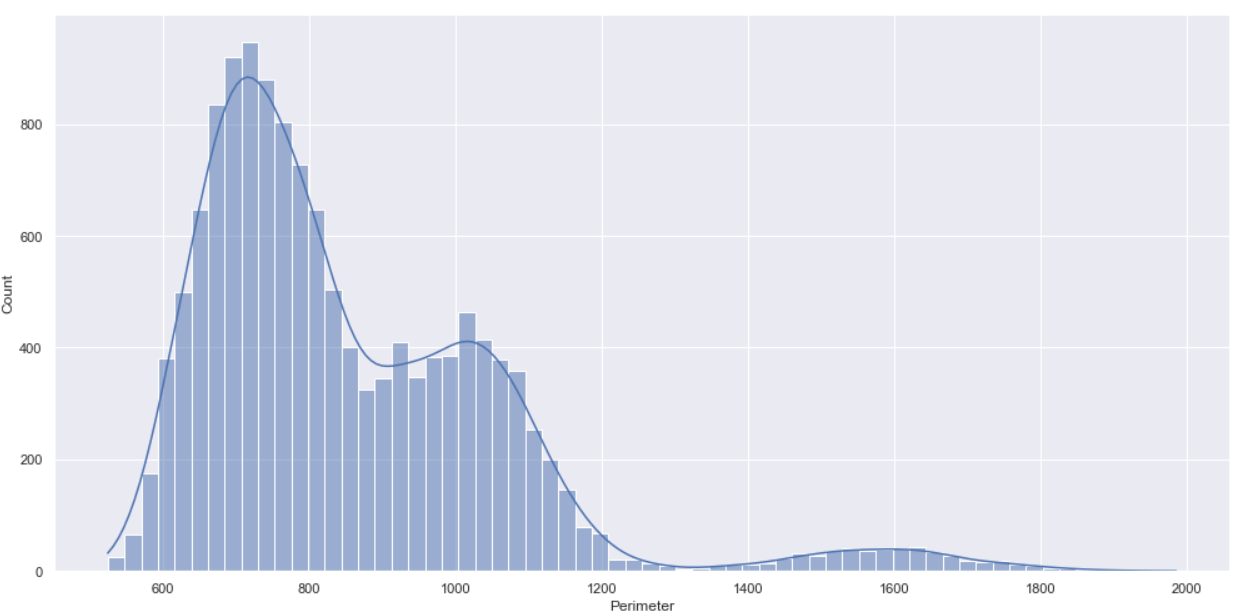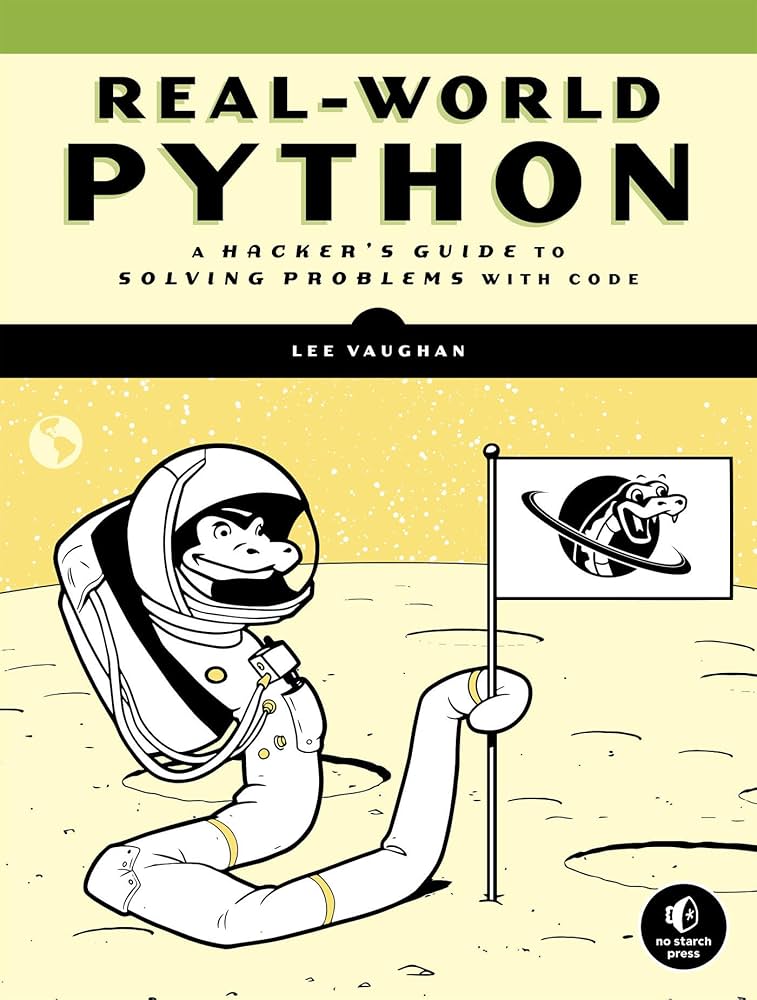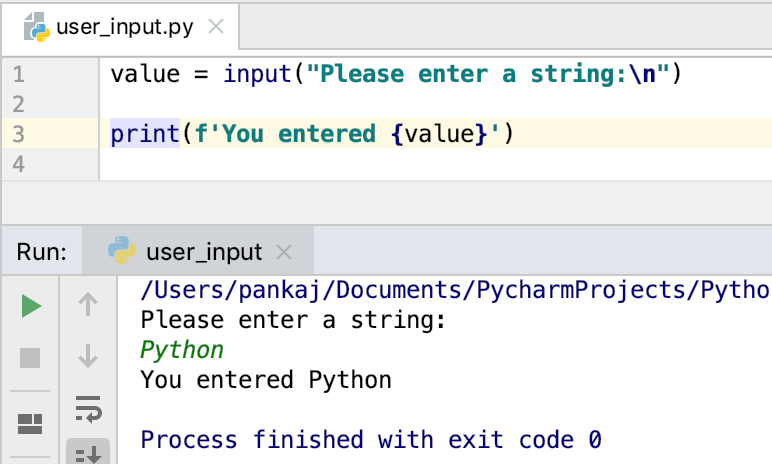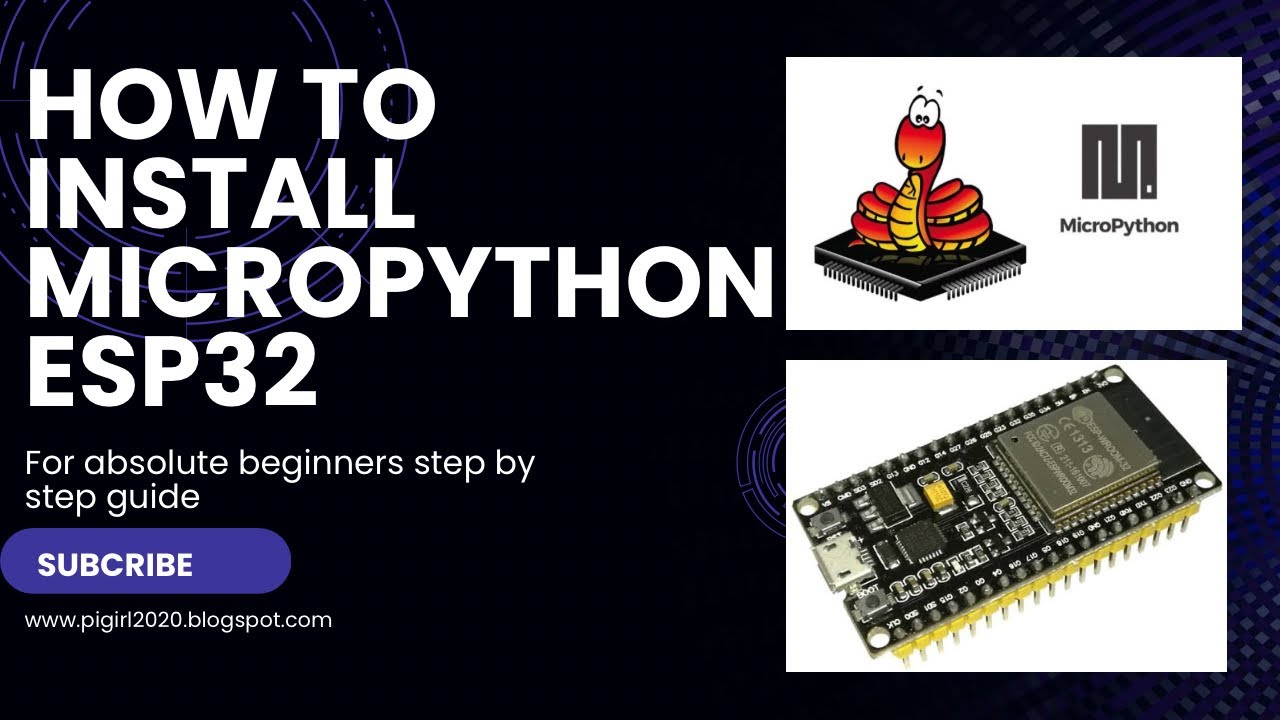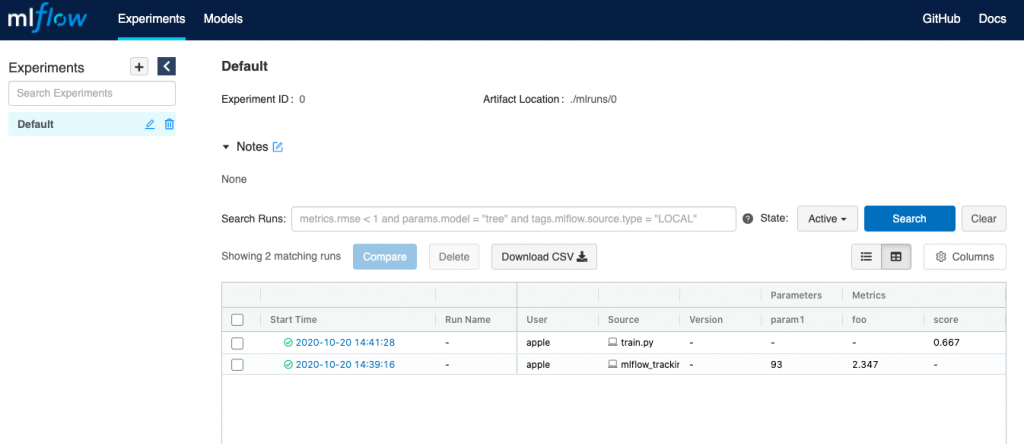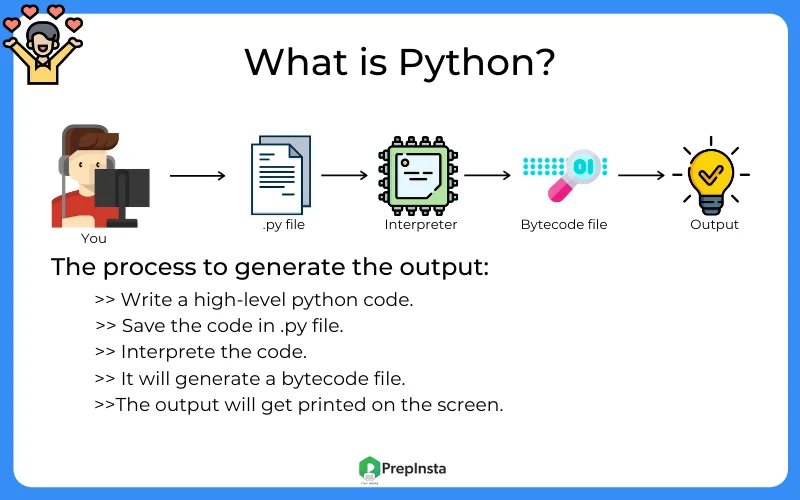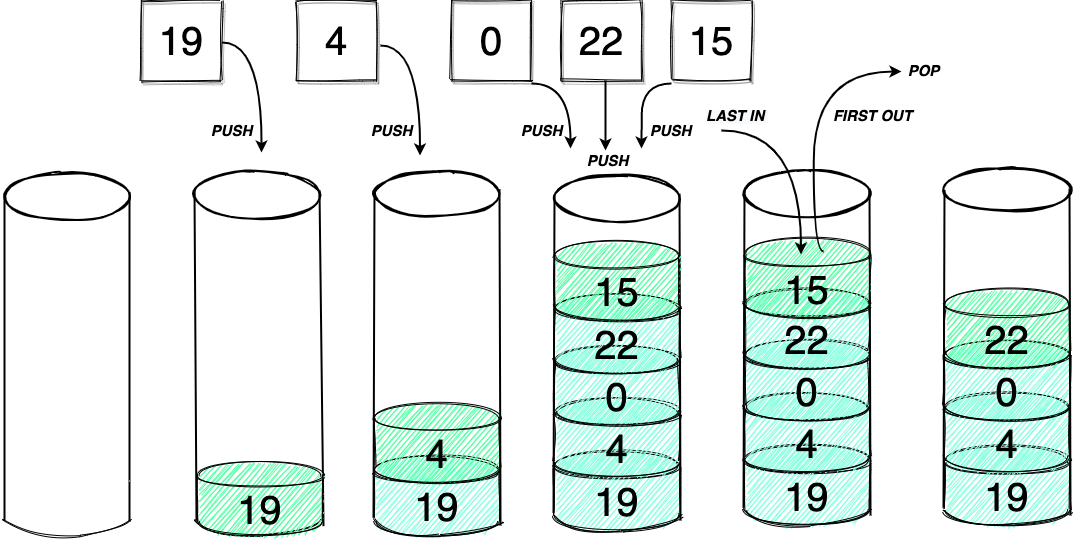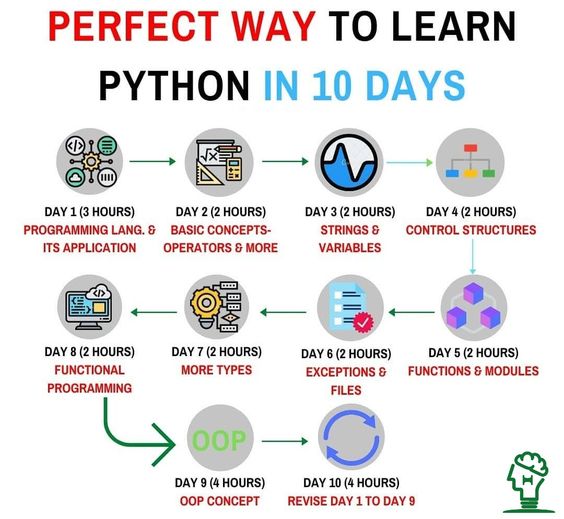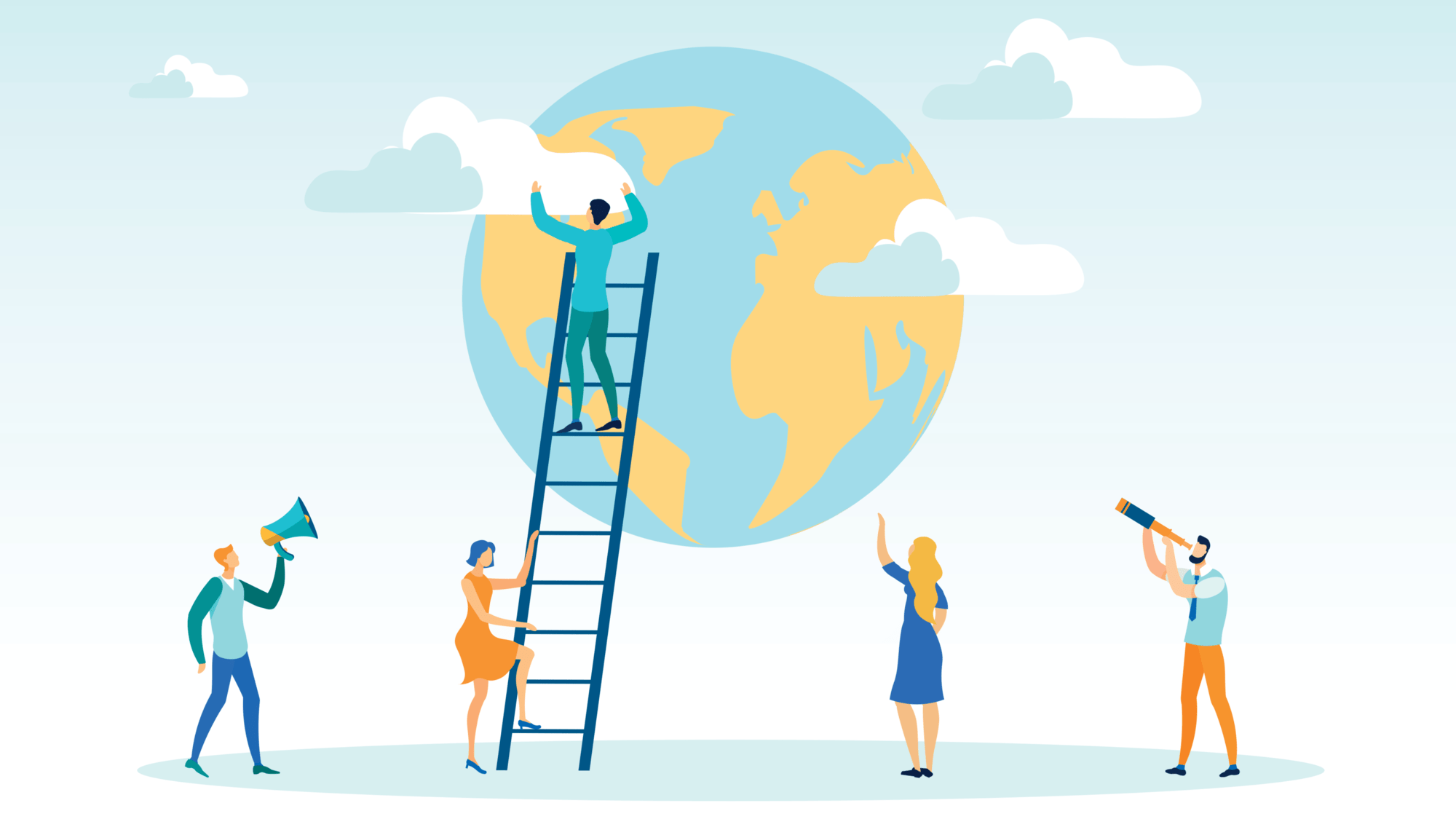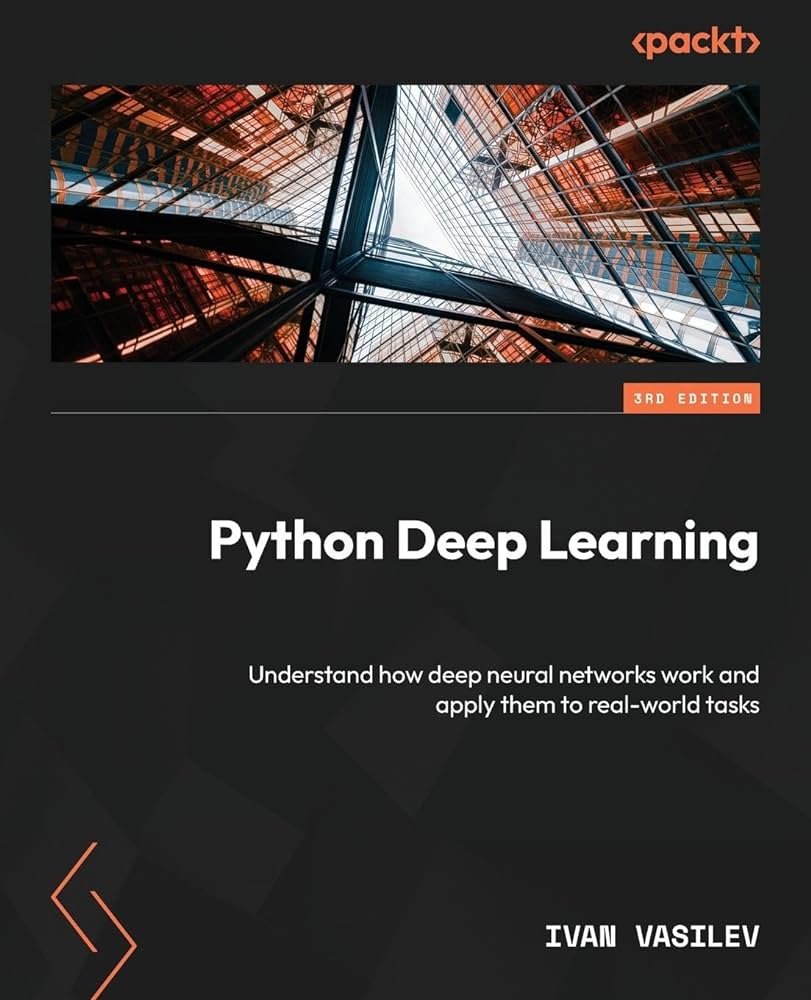How to slice a list in Python
How to slice a list in Python

I'd be happy to help! Slicing is one of the most fundamental operations you can perform on a list (or other sequence) in Python. It allows you to extract a subset of elements from the original list based on specific criteria.
The basic syntax for slicing a list is as follows:
my_list[start:stop:step]
Let's break down each part:
start: This specifies the starting index of the slice. If omitted, it defaults to 0. stop: This specifies the ending index of the slice. If omitted, it defaults to the end of the list. step: This specifies the step size between elements in the slice. If omitted, it defaults to 1.
Here are some examples to illustrate how slicing works:
Example 1: Basic Slicing
my_list = [1, 2, 3, 4, 5]
print(my_list[1:3]) # Output: [2, 3]
In this example, we're extracting elements from index 1 to 2 (exclusive), which means we get the second and third elements of the original list.
Example 2: Specifying Start and Stop
my_list = ['a', 'b', 'c', 'd', 'e']
print(my_list[1:3]) # Output: ['b', 'c']
print(my_list[:2]) # Output: ['a', 'b']
print(my_list[3:]) # Output: ['d', 'e']
In this example, we're specifying the start and stop indices to extract specific ranges of elements.
Example 3: Negative Indexing
my_list = [1, 2, 3, 4, 5]
print(my_list[-1:]) # Output: [5]
print(my_list[-2:-1]) # Output: [4]
In this example, we're using negative indexing to extract elements from the end of the list. A negative index counts from the end of the list; for example, -1 refers to the last element, -2 refers to the second-to-last element, and so on.
Example 4: Stepping
my_list = [1, 2, 3, 4, 5]
print(my_list[::2]) # Output: [1, 3, 5]
print(my_list[1::2]) # Output: [2, 4]
In this example, we're using stepping to extract elements at a specified interval. The step value is -1, which means we're skipping one element and taking the next.
Example 5: Reversing
my_list = [1, 2, 3, 4, 5]
print(my_list[::-1]) # Output: [5, 4, 3, 2, 1]
In this example, we're reversing the entire list using a step value of -1.
These are just a few examples of how slicing works in Python. With practice and experimentation, you'll become more comfortable using slicing to manipulate lists and achieve your desired results.
I hope this helps! Let me know if you have any questions or need further clarification.
How do you split a string into a list of words in Python?
I'd be happy to explain how to split a string into a list of words in Python!
In Python, splitting a string into a list of words is a common task that can be achieved using various methods. The most popular method is by using the split() function or regular expressions.
Method 1: Using the split() Function
The split() function splits a string into multiple substrings based on a specified separator. By default, the separator is space (' ') characters. Here's an example:
text = "Hello World this is Python"
words = text.split()
print(words) # Output: ['Hello', 'World', 'this', 'is', 'Python']
As you can see, the split() function splits the string into individual words based on space characters. You can also specify a custom separator by passing it as an argument:
text = "hello,world;python"
words = text.split(",")
print(words) # Output: ['hello', 'world', 'python']
Method 2: Using Regular Expressions
Regular expressions (regex) are a powerful way to manipulate strings in Python. You can use the re module to split strings using regex patterns:
import re
text = "Hello World this is Python"
words = re.split(r'W+', text)
print(words) # Output: ['Hello', 'World', 'this', 'is', 'Python']
In this example, the re.split() function splits the string using whitespace characters (spaces, tabs, newlines, etc.) as the separator. The W+ pattern matches one or more non-word characters.
Method 3: Using String Methods
Another way to split a string into words is by using the split() method on the original string:
text = "Hello World this is Python"
words = text.split()
print(words) # Output: ['Hello', 'World', 'this', 'is', 'Python']
This method is similar to the first method, but it returns a list of words instead of modifying the original string.
Tips and Variations
To split a string into words based on multiple separators (e.g., spaces, commas, semicolons), use thesplit() function with multiple arguments or regular expressions. To remove whitespace characters from the beginning and end of each word, use the strip() method:
words = [word.strip() for word in text.split()]
print(words) # Output: ['Hello', 'World', 'this', 'is', 'Python']
split() function with that separator:
text = "Hello,World,this,is,Python"
words = text.split(",")
print(words) # Output: ['Hello', 'World', 'this', 'is', 'Python']
In conclusion, there are several ways to split a string into words in Python, each with its own strengths and use cases. The split() function is the most straightforward method, while regular expressions offer more flexibility and power for complex text manipulation tasks.

